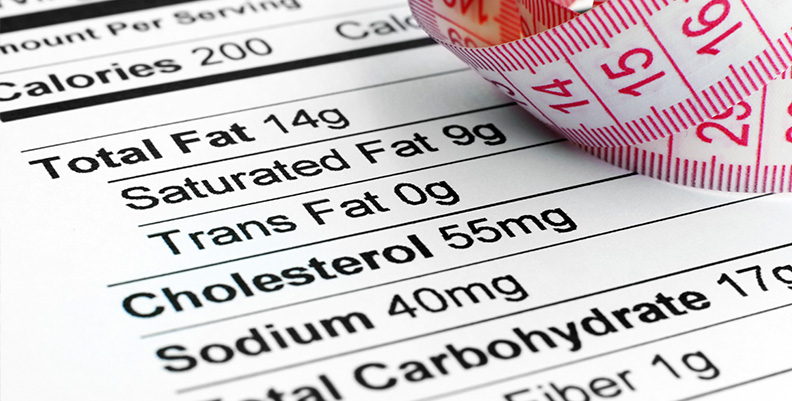Dietary fats used to be the bad guy, and for a short time in the 80s and 90s, they were practically wiped out and removed from many products. “Fat free” became a marketing buzzword for diet food marketers, even though as a population we kept getting fatter and fatter! Thankfully, like all fads, the “no fat” rule is a thing of the past and we’ve accepted that fats are actually helpful and play and important role in the healthy function of the human body. The USDA says that adults should get 20 to 35 percent of their calories from fats. Normally, for most Americans, this isn’t a problem because the typical North American diet is loaded with fat. However, choosing the right foods with the right fats can help you live longer and be healthier. The key now is learning which fats are good, and how to best incorporate them into your nutrition and exercise plan for optimal results. That’s why we’ve created this quick run-down of what fats you should consume, and what fats you need to avoid.
THE GOOD
Unsaturated Fats
These include polyunsaturated fats and monounsaturated fats:
Polyunsaturated fats
Polyunsaturated fats are found mostly in vegetable oils and fatty fish. They also contribute vitamin E – an antioxidant vitamin – to the diet.
Omega-3s
Omega-3s, in particular, are important polyunsaturated fats and found in fish (salmon, mackerel, trout, catfish) and flax seed. The American Heart Association recommends eating two servings of fatty fish each week – just don’t deep fry it! Other sources include some nuts and seeds, such as walnuts and sunflower seeds.
Monunsaturated fats
Monunsaturated fats are fats that are typically liquid at room temperature but solidify when you put them in the fridge, and are also typically higher in vitamin E. Some good sources of monounsaturated fats include olives, almonds, sesame seeds, pumpkin seeds, cashews and olive, canola and peanut oils.
THE BAD
One type of fat that is important, but only in small quantities and should therefore be eaten sparingly, is saturated fat.
Saturated fats
Saturated fats are mostly found in animal products (red meat, chicken skin, full-fat dairy and eggs), and in vegetable fats that are solid at room temperature (coconut and palm oils). Should you cut out saturated fats from your diet completely? No, and despite their bad reputation (mostly formed during the “no fat” fad of the 80s and 90s), saturated fats do have positive effects. What’s more, saturated fats help your body retain the good omega-3 fatty acids and help convert omega-3s to their usable form, which is DHA. The American Heart Association recommends you get 7 percent of your total calories from saturated fats. It’s also important to avoid processed foods that have high levels of saturated fat and to get them only from lean sources like grass-fed beef and eggs. Always avoid foods like lard that derive most or all of their calories from saturated fat.
THE UGLY
You’ve no doubt heard of trans fats before, but did you know there are two types of trans fatty acids? There are naturally occurring trans fatty acids, which are found in small amounts in dairy and meat. The second kind of trans fatty acids are artificial trans fats called “partially hydrogenated” fats. These fats are a man-made saturated fat that is solid at room temperature.
Foods that contain artificial trans fats include packaged snack foods, microwave popcorn and some margarines, crackers, icings and baked goods. Bear in mind that these types of products may have a label that claims they are “trans fat free”. However, you should know they can actually have up to 0.5 grams of trans fats per serving! This can add up quickly, so it’s best to avoid these unhealthy foods completely, even on “cheat days”.
The best way to keep on top of the fats in your diet is to read the labels on the foods you consume. If you’re not eating fresh food, look for foods that are low in total fat as well as saturated and have no trans fats. Try to use unsaturated liquid oils, such as canola or olive, instead of butter or partially hydrogenated margarine whenever possible, and limit your consumption of high-fat processed foods, fried foods, sweets, and desserts, or cut them out completely. Fats are an important part of your diet and are key to maintaining a healthy lifestyle. Just remember that all fats contain 9 calories per gram, so ensure you’re choosing the good fats as part of your diet!







